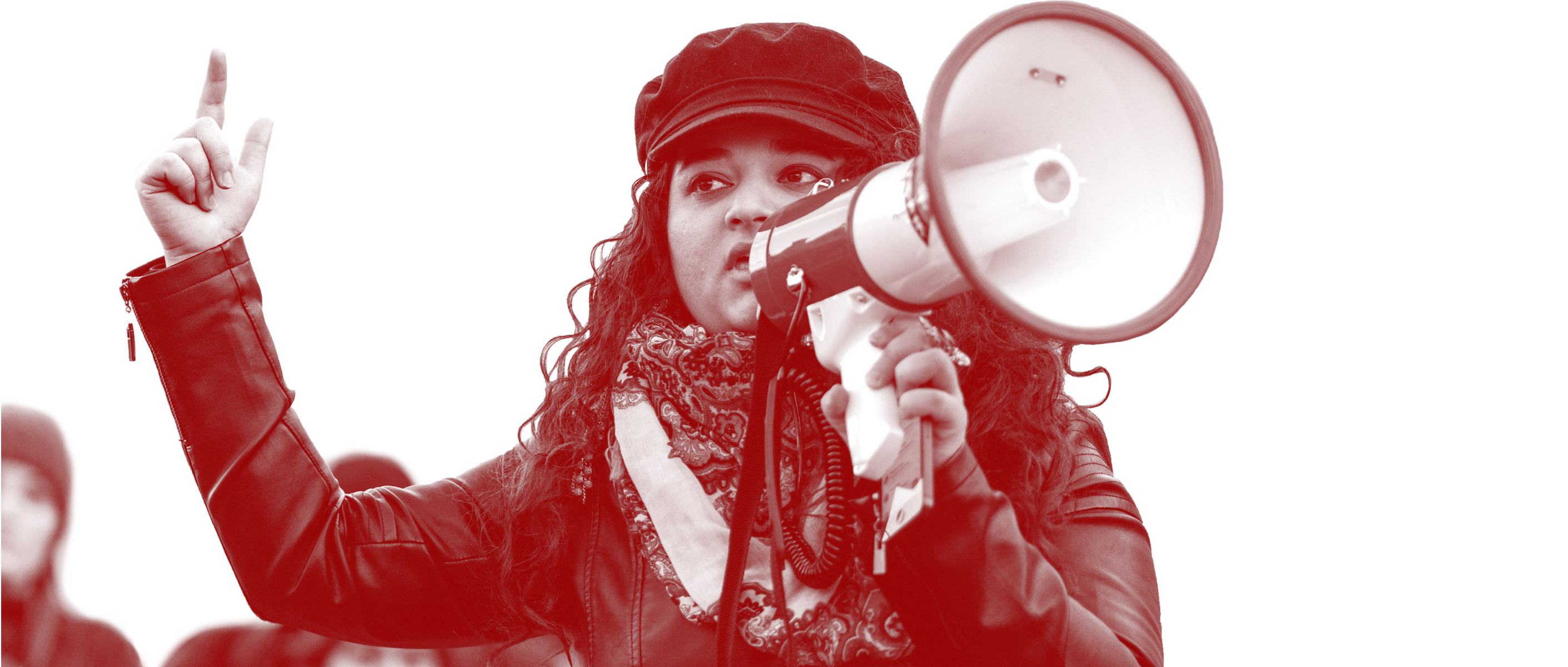The Supreme Court today ruled on Trump v. Hawaii and upheld President Trump's Muslim Ban. The ban will remain in effect.
This resource will update as relevant information becomes available.
Please find the following below:
- general recommendations to keep in mind when speaking about the ruling
- top-line messaging points to use no matter what the ruling
- messages, categorized by categories into which possible rulings fall
- social media graphics you can take and use
- media contact lists for use in distributing your organizational statements
- charts showing the reporters who are driving coverage of the issue (reporters are collected in 2018 Top Muslim Ban Reporters contact list attached below)
Basic Ruling Details
- It was a 5-4 decision along party lines.
- SCOTUSblog sums up the ruling this way: "In an opinion by Chief Justice John Roberts, the majority pointed to the national security justifications for the ruling, while Justice Sonia Sotomayor, in dissent, lamented that the court had “blindly” endorsed “a discriminatory policy motivated by animosity toward” Muslims."
- In the same piece, SCOTUSblog notes that Justice Sotomayor writes in her dissent that the court's decision, “leaves undisturbed a policy first advertised openly and unequivocally as a ‘total and complete shutdown of Muslims entering the United States’ because the policy now masquerades behind a façade of national-security concerns.”
- From Justice Sotomayor's dissent: "The United States of America is a Nation built upon the promise of religious liberty. Our Founders honored that core promise by embedding the principle of religious neutrality in the First Amendment. The Court’s decision today fails to safeguard that fundamental principle."
General Recommendations
[Note: See below for talking points, the bullets in this section are items to be mindful of when speaking about a ruling.]
- It is a Muslim Ban; always call it that. This was a central Trump campaign promise: “a total and complete shutdown of Muslims entering the United States.” The term Travel Ban is preferred by those who support banning Muslims. Each iteration of the Muslim Ban has incorporated lessons learned from the past and the facial bias of the current ban is far less obvious than the original. What the Supreme Court is considering in Trump v. Hawaii has had cosmetic surgery, but the anti-Muslim bias present at its inception remains intact.
- Focus on the ruling, not the court. Do not characterize the court as bad or good, characterize the ruling as bad or good. While this decision is significant, there will be other cases.
- Be mindful that the ban has been in full effect since December.
- Avoid asserting that the ban hurts American interests or national security. Such messages affirm the underlying proposition of a ban, but only in the context of a warning that it can backfire. This narrowly defines impacted people as only useful through the national security lens rather than unequivocally affirming their legal and civil rights.
- The waivers are window dressing; call them that. Lawyers working for clients with such severe medical issues and tragic family stories report that waivers are rare and inconsistently given. The Trump administration, which has a reputation for dishonesty, asserts it has given 655 waivers and that all applicants automatically get considered for a waiver. However, there have been differing accounts of the information people receive or are required to fill out when they request a waiver. Even if eligible, most people do not receive them and it is not clear if they are actually considered.
Top-Line Messaging
- This terrible decision does not change the fact that Donald Trump expresses hate for a great many minorities. We are not going anywhere. We will not be banned.
- We stand for religious freedom for all. All people should be afforded the freedom of religion. Everyone means everyone. No exceptions.
Messages
- The ruling joins immoral Supreme Court decisions like Korematsu and Dred Scott. History does not view such rulings with pride.
- As with previous Supreme Court decisions that were wrong, the people of this country will determine our future as a nation. History has shown that progress and change comes from the people—from moments like the airport protests in the Muslim ban and from social justice campaigns that guide us on the path toward justice.
- Today and every day moving forward, we will commit to fighting the Muslim ban and working to build an inclusive country that does not engage in discrimination.
- These battles are long and hard, but we will get there. Our leaders and government will be held accountable and the people will make sure that is the case.
- The next opportunity is this fall. People need to be registered to vote and go to the polls.
Social Media Graphics
Find unbranded, downloadable social media graphics in this folder.
Media Contact Lists
See the media contact lists attached below for press outreach.
Media Drivers
(See 2018 Top Muslim Ban Reporters contact list for these key reporters' contact information.)
The below chart shows journalists writing about the Muslim Ban by article count. Articles considered generally positive regarding MASA community positions are colored green, neutral is gray, and negative are red.
The below chart shows journalists writing about the Muslim Ban by quote count conveying the reporter's general tendency to quote positive (green) or negative (red) sources.

| Attachment | Size |
|---|---|
| 18.33 KB | |
| 51.27 KB | |
| 63.08 KB | |
| 50.43 KB |


